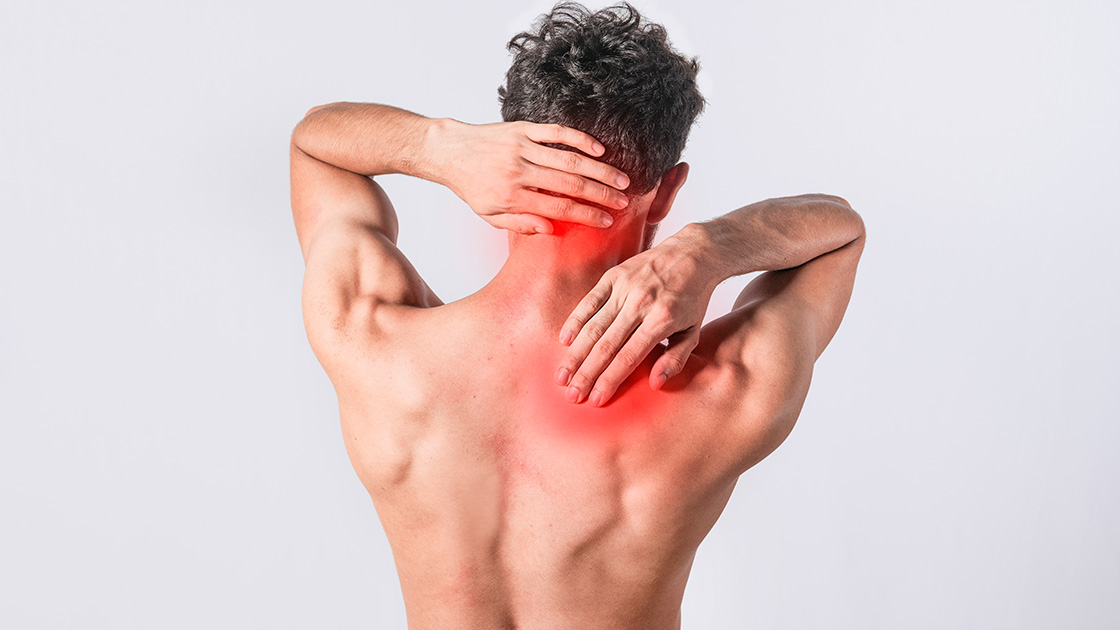Page Contents
Trigger points, also known as muscle knots, are a common cause of pain and discomfort for many individuals. These localized areas of muscle spasm can be incredibly bothersome and limit one’s mobility and overall well-being. While there are various treatments available for trigger points, class iv laser therapy has emerged as a promising and effective alternative. In this article, we will explore the benefits and applications of treating trigger points with class iv laser therapy.
Traditional Treatments for Trigger Points
Trigger points can result from various factors such as muscle overuse, injury, stress, or poor posture. When trigger points develop, they can refer pain to other parts of the body, causing discomfort and limiting movement. Conventionally, trigger points have been treated with techniques such as massage therapy, stretching, exercise, acupressure, acupuncture, injections, ultrasound, electric stimulation, physical therapy, dry needling. While these methods can provide relief, they may not always target the root cause of the trigger points and require multiple sessions for lasting results.
The Rise of Class IV Laser Therapy for Trigger Points
Class IV Laser Therapy, also known as high power therapy, or high-level laser therapy (HLLT) has gained popularity as a non-invasive and efficient treatment for trigger points. It involves using a high-powered laser to stimulate damaged or inflamed tissues, promoting healing and reducing pain.
Class IV lasers effectively treat myofascial trigger points by initiating a cascade of healing mechanisms. The laser emits photons that flood the damaged, inflamed tissue, energizing cells and promoting increased blood flow. This process triggers the production of pain-reducing chemicals like endorphins and enkephalins from the brain and adrenal gland.
Unlike continuous wave lasers, lasers used for this therapy operate on a photochemical effect, preventing any tissue damage from heat by-products. The ultimate result is the production of ATP by the mitochondria.
This cascade of healing effects is crucial in reducing long-term joint restrictions and chronic myofascial pain syndromes. Class IV laser therapy proves to be a powerful and non-invasive solution for addressing trigger points and promoting overall well-being.
Double Duty: The Versatility of Class IV Laser Therapy
Class IV laser therapy offers a unique advantage as it can be used both on and off the skin, depending on the guidelines set by the laser manufacturer. When a patient receives hands-on treatment, the laser handpiece can perform double duty by combining techniques.
During the treatment, the handpiece is applied to the trigger point, delivering both pressure and releasing an abundance of light energy in the form of photons into the area.
When the handpiece is moved across the affected area, it simulates the effects of deep stroking massage, providing a soothing sensation. On the other hand, holding the handpiece in one place mimics the inhibition compression technique, targeting specific trigger points more effectively.
An additional advantage of class iv laser therapy is its safety over implants. The therapeutic laser’s wavelengths do not get absorbed by implants, preventing any heat buildup and ensuring a safe and comfortable treatment experience for patients.
Class IV laser therapy proves to be a versatile and effective treatment option, capable of adapting to various therapeutic approaches while ensuring patient safety and comfort. Its ability to perform double duty and offer unique benefits makes it a valuable tool in the management of trigger points and other musculoskeletal conditions.
